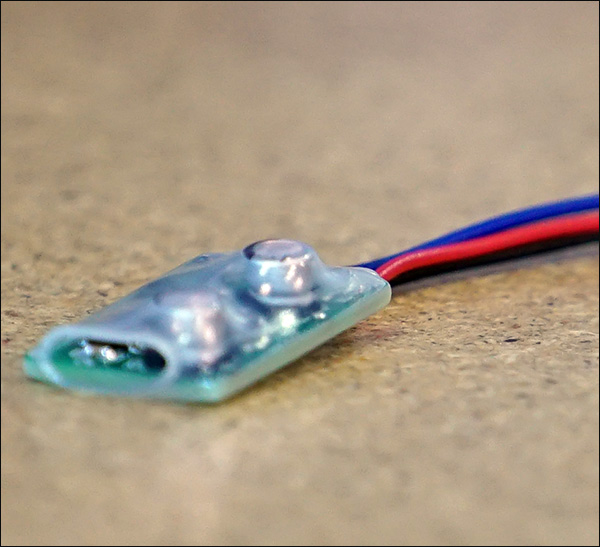News
No power? No problem.

This handy little circuit saves the day.
Lithium-polymer batteries are designed to operate within a particular voltage range. If they are over-discharged, they can fall below the proper voltage, and become unbalanced. This means one or more of the cells within the battery are significantly different in voltage than the rest, and it typically happens when the battery is drained too far.
If that happens, the charger might not recharge it, and now you’ve got a dead battery.

The voltage gauge on the side of the Pulsefire will let you know the current battery level. For a 3-cell battery like the one used in our systems, you typically want to keep it above 10.5 volts. Fully charged, they’re around 12.4 – 12.6 depending on a few things, but if the charger shows green on all 3 LEDs, it’s charged and ready to rock.

The voltage level will dip a little bit when the trigger is pressed, as a load is put on the system with the pump and arc ignition running. When the voltage reaches about 10.5 volts, the circuit will cut power to the trigger for 15 seconds, giving you a heads-up that it’s time to change the battery.
Once a new one is swapped in, or your current one is recharged, the system will be fully operational. So keep an eye on your voltage gauge, but don’t sweat it if you accidentally go too far, as the system will do its best to help.










